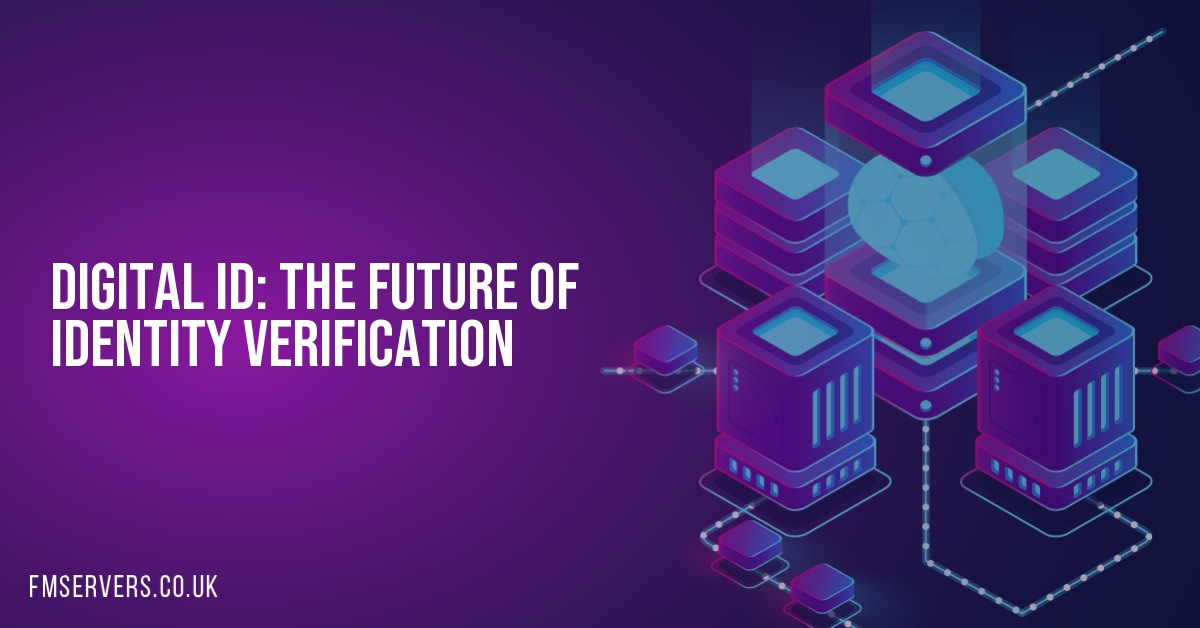The Future of Digital Identity Verification: Empowering Trust and Convenience

As we navigate the ever-evolving landscape of technology, digital identity verification (DIDV) remains a paramount concern for individuals, businesses, and governments alike. With the proliferation of online transactions, digital services, and interconnected systems, ensuring the integrity and security of digital identities has become increasingly crucial. In this article, we’ll delve into the future of DIDV, exploring the trends, innovations, and best practices that will shape the industry and redefine the way we verify identities online.
H3. The Rise of Identity Authentication
In recent years, identity authentication has emerged as a dominant theme in the technology sector. The need to verify identities in a fast, secure, and scalable manner has driven innovation in areas such as:
- Artificial Intelligence (AI): AI-powered solutions are revolutionizing identity verification by leveraging machine learning algorithms to analyze biometric data, behavioral patterns, and contextual information.
- Biometric Authentication: Biometric technologies like facial recognition, fingerprint scanning, and iris scanning are becoming increasingly popular for their convenience, security, and high accuracy rates.
- Blockchain: The rise of blockchain technology has sparked interest in decentralized identity management, enabling individuals to control and manage their digital identities securely and efficiently.
H3. The Evolution of Identity Verification Methods
As the need for secure and seamless identity verification grows, traditional methods are being enhanced or replaced by cutting-edge solutions:
- 2-Factor Authentication (2FA): 2FA has become an industry standard, but it’s being upgraded with Advanced Threat Authentication (ATA) and behavioral biometrics to improve security and convenience.
- U2F (Universal 2nd Factor): U2F offers an alternative to traditional 2FA, using physical tokens and cryptographic techniques to provide unparalleled security.
- Behavioral Biometrics: Behavioral biometrics analyze user behavior, keystrokes, and mouse movements to provide a more comprehensive and accurate identity verification experience.
- Federated Identity: Federated identity enables users to rely on trusted third parties (like governments, banks, or identity providers) to verify their identities, eliminating the need for duplication of information.
H3. The Role of Identity Ecosystems
Identity ecosystems have emerged as crucial platforms for DIDV. These ecosystems bring together various stakeholders to create a comprehensive identity verification framework:
- Digital Identity Marketplaces: Marketplaces like digitalinovation.la and MyID provide a single platform for individuals to create, manage, and share their digital identities with various organizations.
- Common Identity Frameworks: Frameworks like OpenID Connect and OAuth 2.0 facilitate interoperability between different identity ecosystems, ensuring seamless authentication and authorization.
- Digital Wallets: Digital wallets like Apple Wallet and Google Pay are gaining popularity, enabling users to store, manage, and share their digital identities securely and conveniently.

H3. Regulatory Pressure and International Cooperation
Governments worldwide are working together to create common standards and regulations for DIDV:
- General Data Protection Regulation (GDPR): GDPR has set a new benchmark for data protection, influencing DIDV practices globally.
- eIDAS: The European Union’s eIDAS regulation establishes a framework for electronic identification and trust services in the EU.
- APEC CBPR: The Asia-Pacific Economic Cooperation’s Cross Border Privacy Rules (CBPR) System enables companies to comply with regional data protection requirements.
H3. Best Practices for Digital Identity Verification
To ensure the future of DIDV is secure, convenient, and inclusive, individuals and organizations should follow these best practices:
- Implement a Multi-Factor Authentication Process: Combine traditional 2FA methods with advanced techniques like ATA and behavioral biometrics.
- Use Decentralized Identity Solutions: Leverage blockchain-based identity management to provide individuals with control over their digital identities.
- Prioritize Anonymity: Offer anonymous identity verification options for users who require additional protection.
- Continuously Educate and Train Employees: Develop a security culture within your organization by educating employees on the importance of DIDV and the potential risks associated with identity theft.
- Establish Partnerships with Identity Providers: Collaborate with trusted identity providers to ensure a seamless and secure identity verification experience.
H3. Conclusion
The future of DIDV is marked by a convergence of AI, biometrics, blockchain, and advanced authentication methods. As we navigate this landscape, it’s essential to prioritize security, convenience, and inclusivity. By embracing these trends, adopting best practices, and fostering international cooperation, we can empower a more secure, efficient, and connected digital world.
Call-to-Action
Help spread awareness about the significance of digital identity verification by sharing this article with your friends, family, and colleagues. Together, we can create a safer and more connected digital future.


